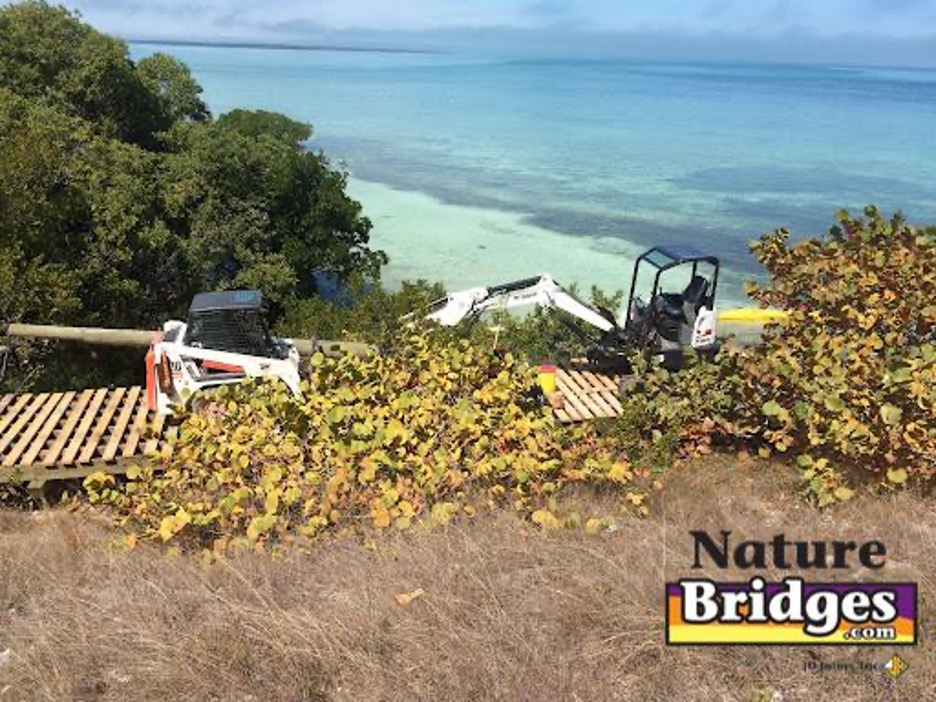
The earliest bridges were very simple to construct. Some of them were even made by nature, such as a log falling over a stream. Ancient people used logs, stones, and anything else they found nearby to build a structure that would allow them to cross a short distance. These early bridge builders were quick and efficient in their work. The bridges worked, but they did have their own problems.
Load

One of the most important design considerations is whether the bridge will support the load it’s intended to hold. Bridge designers like Nature Bridges make extensive calculations to determine how much weight a bridge should hold. Then, we still need to figure how much support is needed to ensure that the bridge won’t collapse. We use software to test the calculations and ensure that the design will hold the needed weight.
For example, if you set a board across a narrow stream and walk across it, that’s an easy test of the board’s load-bearing ability. If you cross without incident, you know that the board holds your weight. But, what if two people cross at the same time? Or three? Will the board hold the weight of multiple people walking on it? If the bridge isn’t designed correctly, it could collapse.
Materials
Different materials such as wood, concrete, and steel hold different weights. They also vary in durability, easy of transport, and style. Bridge engineers consider all the variables when deciding on the material used. Timber is often used in smaller walkways where it looks best in the surrounding natural environment. Concrete and steel are used in larger bridges as well as for foundations and support systems.
The materials used help determine how long a bridge will last, but each material requires different calculations for load-bearing capability. The materials also affect how much a bridge might be damaged during a flood, hurricane, or other unexpected event.
Longevity

Another question bridge construction companies ask is, “How long will the bridge last?” Part of building bridges is knowing when the structural components need to be maintained, inspected, and potentially replaced.
The simple board over a stream will need to be checked and potentially replaced often. Without additional support or attaching it in a permanent way to the stream’s bank, the board will break easily or wash away in a flood.
Even more complex bridges need maintenance schedules. The Tower Bridge in London was designed to last for centuries. Over time, however, stones may become loose, bolts and other fasteners may need to be replaced, and the foundation itself needs to be inspected for wear.
Construction companies need to consider many anticipated and unanticipated problems when designing a bridge. It is important to think through all the factors for a bridge, pedestrian walkway, or boardwalk. The environment may need special materials due to humidity levels or average temperatures. A wetland boardwalk needs to be built differently than a sidewalk in the desert. The designers at Nature Bridges have been trained to account for everything when planning a project. It’s often easier to let us deal with all of the aspects of design for you to ensure that you don’t need to replace the structure – or worse – hurt yourself crossing an unsafe bridge. In that case, call us for an estimate; we’re sure you’ll be glad you did!


P.O. Box 516
Monticello, FL 32345
Office Closed: We will be closed for the holidays December 23-30, 2024
Phone: (850) 997-8585 Fax: (850) 385-3493
estimating@naturebridges.com